Even the tiniest scratch on a car’s exterior can be incredibly bothersome.
Scratches on metal panels are particularly concerning, as they can lead to rust if left untreated. Ideally, these should be addressed as soon as possible.
For scratches with significant dents, professional body and paint work is indeed advisable. However, for minor issues like stone chips on the hood or slight linear scratches on the sides, painting the entire panel to conceal these seems disproportionate, both in terms of cost and finish.
Recent advancements in body and paint technology have made repairs nearly indistinguishable at a glance. Yet, a repair is still a repair. Perfectly recreating the original paint film is extremely challenging.
It seems a waste to cover parts of a uniformly original exterior with partial repair paint just for tiny scratches.
Given this situation, have you ever tried using touch-up paint sold at auto parts stores to conceal minor scratches?
But perhaps you’ve experienced issues: the color doesn’t quite match despite using the correct color code, or your inexperienced brush strokes end up making the scratch more noticeable.
Did you find yourself reluctantly concluding that it’s at least better than letting it rust?
Now, let’s start with brush selection.
This is the high-quality menso brush “Woody Fit 2/0” from Ueno Bunseido. It uses Kolinsky hair, which comes from a type of weasel. The most notable characteristic of Kolinsky is its exquisite flexibility. While the company offers several types of brushes, I prefer the feel of Kolinsky.
Furthermore, a great feature of Bunseido’s menso brushes is the appropriate thickness of the handle. Generally, menso brushes often have overly thin, straw-like handles, making tip adjustment very difficult.
The difference is clear when compared to the plastic brush typically attached inside the cap of touch-up paint.
This is the main reason why it’s challenging to achieve fine detail with the included brush.
Next, for those not accustomed to using brushes, hand tremors can be troublesome.
Even with a brush capable of fine detail, an unstable tip can ruin everything.
For beginners, it’s advisable to stabilize your dominant hand (right hand in this case) by resting the outer edge of your palm on your horizontally positioned left arm (reverse for left-handed individuals).
When placing the brush tip on the target area, I don’t recommend holding your breath. This can cause your heartbeat to affect your hand and brush tip. Slow, shallow breathing is much more stable.
With a good brush, you’ll improve quickly and notice how brush technique dramatically affects the finish and expression. Why not try enjoying touch-up painting as if you’re creating art?
Ueno Bunseido’s expressive brushes are perfect for detailed painting on scale models.
The three cars below are 1/24 scale model kits I previously built. While larger areas are sprayed with an airbrush, the fine details are finished with a Kolinsky menso brush.
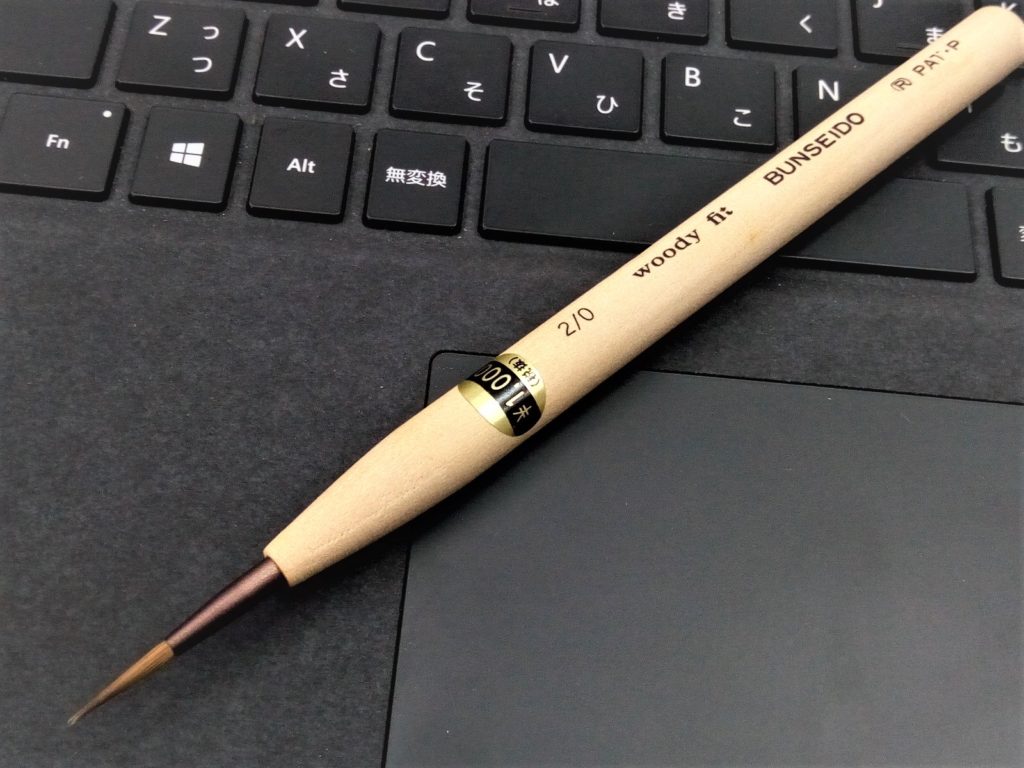
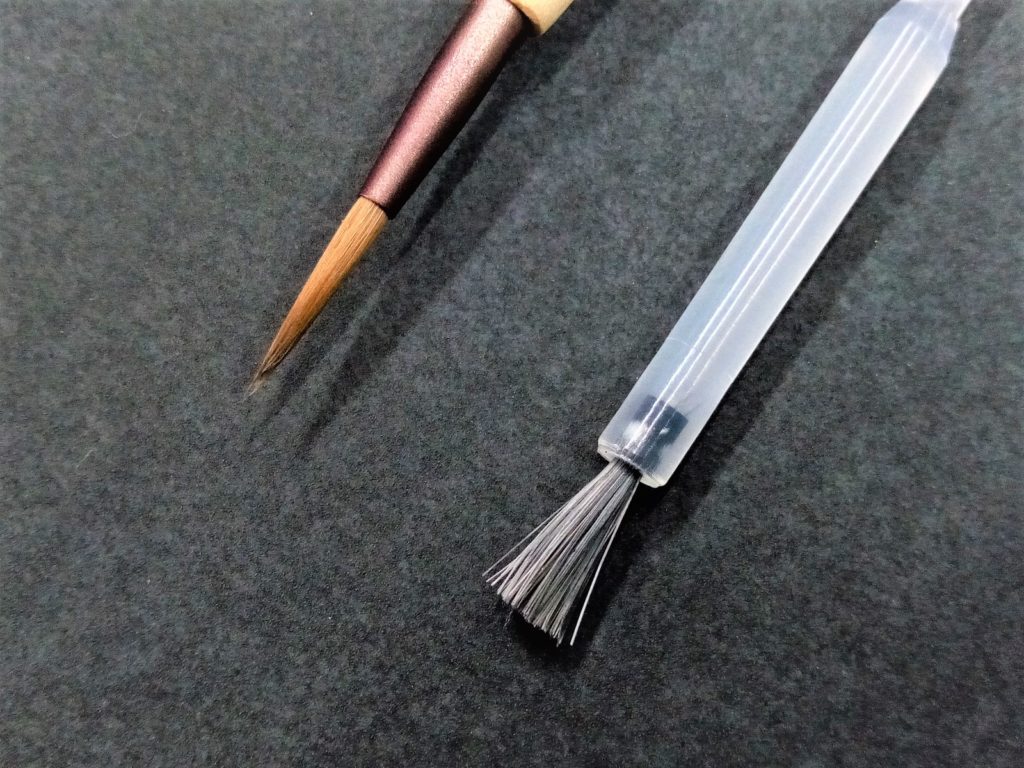
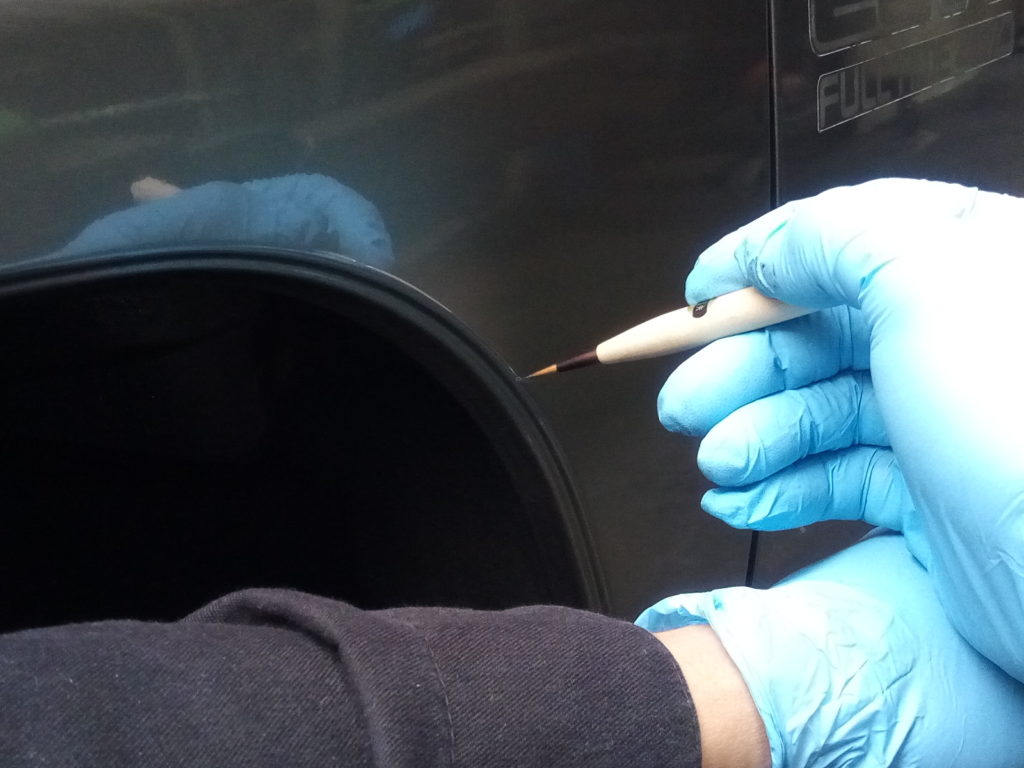
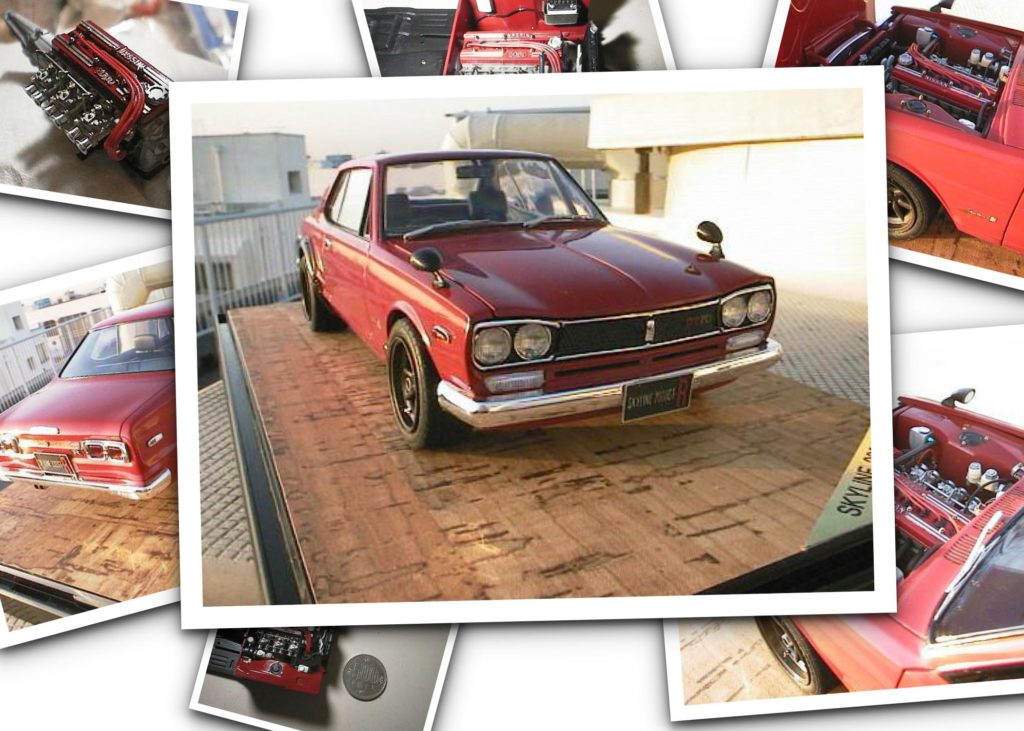

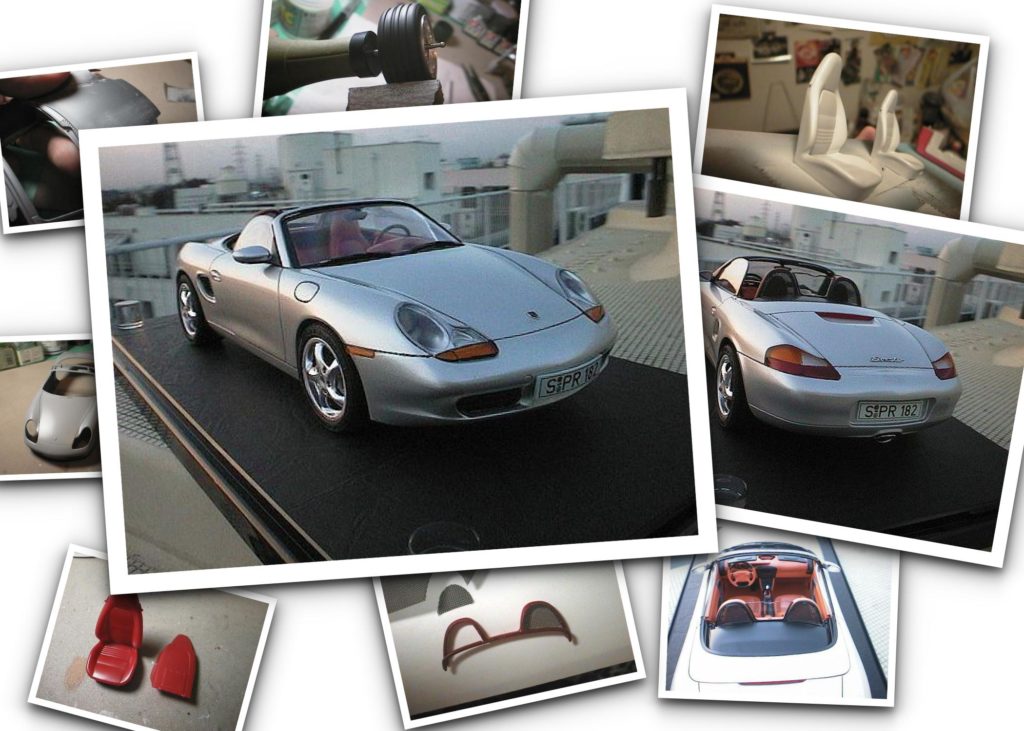
Leave a Reply